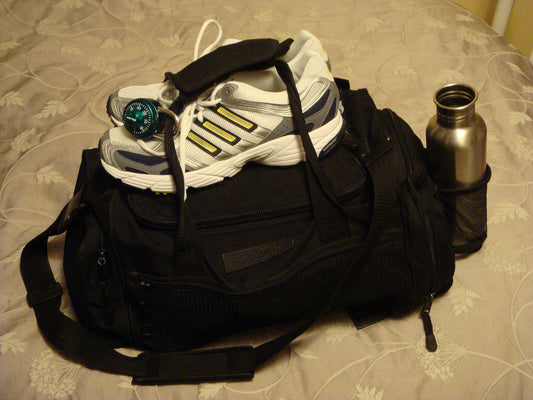CrossFit

Cross Training Classes - Is Cross Training abou...
CrossFit coaches from around the world have experienced instances where they are approached by athletes who desire to add something on top of their normal CrossFit classes. They believe the...
Cross Training Classes - Is Cross Training abou...
CrossFit coaches from around the world have experienced instances where they are approached by athletes who desire to add something on top of their normal CrossFit classes. They believe the...
Cross Training Workout - Understanding Pull-Ups...
Simply defined, a pull-ups exercise is a compound CrossFit workout which engages a wide range of muscles from the shoulders to your back and arms simultaneously. It is also easier...
Cross Training Workout - Understanding Pull-Ups...
Simply defined, a pull-ups exercise is a compound CrossFit workout which engages a wide range of muscles from the shoulders to your back and arms simultaneously. It is also easier...

Top 5 Pieces of Gear Included in Beginners Cros...
When starting your journey in any of the CrossFit Gyms, there are several types of equipment that you must get along the way to enable you swiftly transit into this...
Top 5 Pieces of Gear Included in Beginners Cros...
When starting your journey in any of the CrossFit Gyms, there are several types of equipment that you must get along the way to enable you swiftly transit into this...
Are You a Morning Cross Training Athletes? Here...
Getting out of bed and hitting the Cross Training Athletes gym at 6.00 a.m., needs a good level of dedication. The achievement you get from working out early enough before...
Are You a Morning Cross Training Athletes? Here...
Getting out of bed and hitting the Cross Training Athletes gym at 6.00 a.m., needs a good level of dedication. The achievement you get from working out early enough before...
Understanding Handstand Push-Ups and Their Bene...
A majority of athletes are quite familiar with the standard push-up movement. However, the same cannot be said of the many variations that have significantly enhanced the challenge of this...
Understanding Handstand Push-Ups and Their Bene...
A majority of athletes are quite familiar with the standard push-up movement. However, the same cannot be said of the many variations that have significantly enhanced the challenge of this...

Cross Training Diet: Various Carbohydrates and ...
Your carbohydrates should majorly be composed of unrefined complex starchy as well as fibrous carbohydrates. It is advisable that you limit your intake of simple carbohydrates as much as you...
Cross Training Diet: Various Carbohydrates and ...
Your carbohydrates should majorly be composed of unrefined complex starchy as well as fibrous carbohydrates. It is advisable that you limit your intake of simple carbohydrates as much as you...

